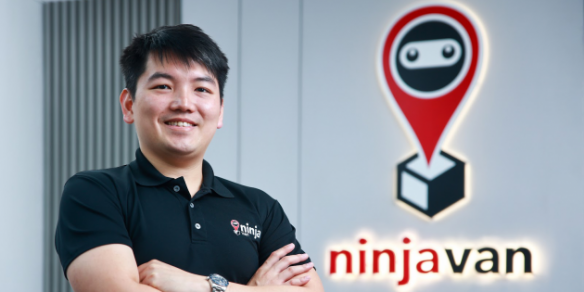Singapore’s data centre market pushing the envelope: DCDi
By Digital News Asia October 14, 2014
- Sustainability, better use of space and reduced operating costs are investment priorities
- City-state fares better in a number of key parameters compared with global average

THE key investment drivers for Singapore data centres have changed significantly in the 2014-2015 timeframe, compared with the same period a year before, according to DCD Intelligence (DCDi), the business intelligence division of DatacenterDynamics (DCD).
The Singapore market wants much more out of data centre performance this year, with more respondents in the Data Centre Asia Pacific Census 2014 focusing on a greater range of key performance areas in 2014 than they did in 2013, DCDi said in a statement.
A dozen of the performance areas saw jumps of more than 10 percentage points, as the table below shows. In particular, Singapore respondents have made sustainability, more effective use of space and reduced operating costs their top three priorities.

These priorities are in agreement with DCDi estimates for key data centre metrics in Singapore for 2015. DCDi said that total data centre space would grow 2.74% to 740,000 sq metres between 2014 and 2015, down from a 6.57% increase in space for the same period a year ago.
Despite the slowdown in space requirements, DCDi analysts say that there will be 10% more racks in 2015. This contrasts with an 8.11% increase in racks from 2013 to 2014, suggesting that data centres may be more densely packed per sq metre in future.
Growth in power requirements have also slowed to 1.15 million kW in the 2014-2015 period against 1.1 million kW in 2013-2014, and 930,000 kW in 2012-2013, a testament to more power-efficient servers being installed in Singapore data centres today.
Singapore data centre staff are also more concerned about key parameters around sustainability, cost and efficiency than the global average.
Energy costs are a major concern, with 86% of data centres being monitored continuously on their energy consumption (global average of 68%); and 76% on energy efficiency (global average of 46%).
More than half (57%) are also monitored continuously for server utilisation, a measure of efficiency, against a global continuous monitoring figure of 45%.
Monitoring, like PUE (power usage effectiveness) ratings, are key indicators of data centre sustainability and energy efficiency, DCDi noted. Singapore’s average PUE is in fact better than the global average, it added.

“This is a market where data centres account for 1% of the total land area and 7% of electricity consumption. It needs to make every square metre and kW count,” said Dedric Lam, Asia Pacific chief executive officer at DatacenterDynamics.
“Therefore the game is changing from asset growth to adding value, and the deployment of new technologies and architectures gives Singapore operators a chance to stay ahead.
“But with these technologies the window of opportunity is short and this creates the flux of new drivers on the charts,” he added.
DCDi has also found that Singapore is ahead of the world averages for outsourcing, cloud and colocation in 2014.
According to the Data Centre Asia Pacific Census 2014, fewer than half (48%) of physical racks are now stored in-house in Singapore, compared with 57% of racks in the Asia Pacific region, and 60% globally.
One in five (22%) physical racks in Singapore data centres are virtualised or in private clouds on-premise, compared with 16% in Asia Pacific and 15% worldwide. Almost the same number of racks (18%) in the city-state are collocated (located in third party facilities), against 16% regionally and 15% globally.
Another 12% of Singapore-based racks are virtualised or in the cloud in external locations, slightly higher than 11% in the region and 10% globally.
When both public and private cloud rack installations are combined, one-third (34%) of physical racks in Singapore are either virtualised or dedicated to cloud applications, whereas the regional figure is 27%, and the global figure is 25%.
“Companies are increasingly using colocation or outsourcing because they want to focus on their core business (which may not be IT),” said Lam.
“As IT becomes a more important part of their commercial future, the risks associated with getting it wrong become greater, and many recognise that they will be better off leaving data centre management to the experts.
“With the cloud, it is possible just to access and pay for what you use on a flexible and scalable basis and to limit your consumption of finite resources by doing that,” he added.
DCDi’s findings were released at the launch of Singapore Datacenter Week 2014, which runs from Oct 13-17 October 2014, and which includes industry awards, networking evenings, data centre-specific training, tours and the annual DCD Converged conference and expo.
Related Stories:
Five data centre trends to watch
Data centres in Malaysia and Singapore just too cool for words
Malaysia’s data centre industry needs to better sell itself: Emerson
Malaysia has the mojo to be data centre hub: TE Connectivity
For more technology news and the latest updates, follow us on Twitter, LinkedIn or Like us on Facebook.


